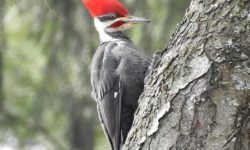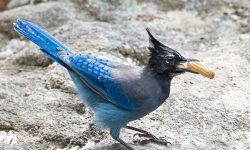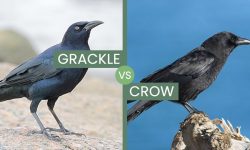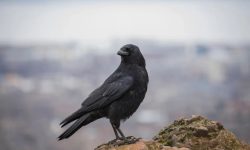Sparrows are among the most common and recognizable birds worldwide, known for their small size, agility, and social nature. But have you ever wondered what a group of sparrows is called?
In this article, we will explore the collective nouns used for sparrows, their meanings, and why these birds are often seen in flocks. We will also look at their behaviors, habitats, and interesting facts related to their group dynamics.
Common Collective Nouns for Sparrows
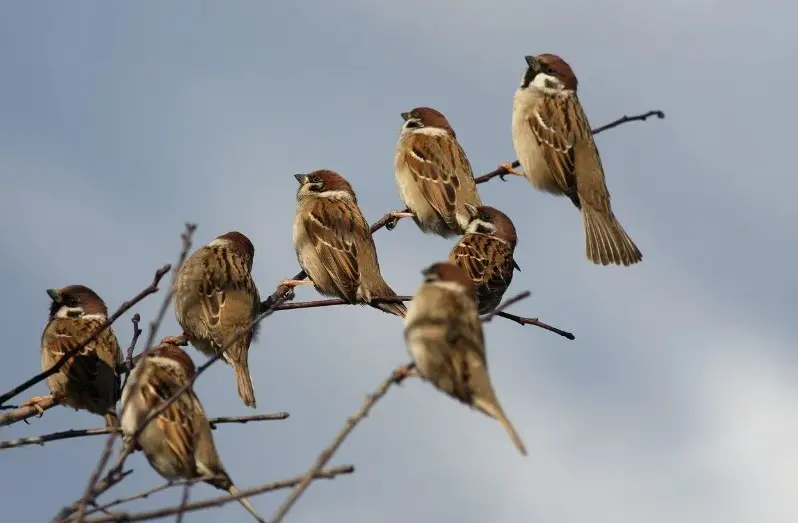
Like many birds, sparrows have unique collective nouns used to describe them when they gather in groups. These terms often reflect their behavior, social nature, and widespread presence. Below are the most common collective nouns used for sparrows:
A Host of Sparrows
One of the most widely accepted collective nouns for sparrows is a “host.” This term evokes the image of a large and bustling congregation of birds, much like an assembly of guests at a grand gathering. Sparrows are highly social creatures, and they frequently form large groups, especially in urban and suburban areas where food sources are abundant. When you see a host of sparrows fluttering around a bird feeder or a park, their lively chatter and synchronized movements create a sense of organized chaos.
A Tribe of Sparrows
Another fascinating term used to describe a group of sparrows is a “tribe.” This word emphasizes their strong social bonds and communal behavior. Sparrows are known for their cooperative nature, often working together to locate food, warn each other of potential threats, and protect their nests. Within their “tribe,” sparrows engage in continuous communication through chirps and body language, reinforcing their sense of unity and belonging. This collective noun reflects their close-knit relationships, much like members of a human tribe who rely on one another for survival.
A Ubiquity of Sparrows
The phrase “a ubiquity of sparrows” underscores how incredibly widespread these birds are. Found on nearly every continent, sparrows thrive in diverse habitats, ranging from bustling metropolitan cities to quiet countryside villages. Their adaptability allows them to coexist with humans, making them one of the most familiar and frequently encountered birds in the world. When a large number of sparrows gather in one place, their sheer presence can seem overwhelming, reinforcing the idea that they are, indeed, ubiquitous.
A Flock of Sparrows
The most general and commonly used term for a group of sparrows, as with many other bird species, is a “flock.” This term applies to any gathering of birds flying, foraging, or resting together. A flock of sparrows can range from a small group of a few individuals to a much larger assembly of dozens or even hundreds. They often move in unison, particularly when flying or evading predators, demonstrating the instinctual benefits of group behavior. Whether feeding in a backyard, roosting in trees, or darting through the sky in tight formations, a flock of sparrows epitomizes their energetic and social nature.
Each of these collective nouns paints a different picture of sparrows, highlighting their interactions, adaptability, and widespread presence in the natural world. Whether you see a host, a tribe, a ubiquity, or a flock, one thing remains certain—sparrows are among the most social and resilient birds on the planet.
Why Do Sparrows Gather in Groups?
Sparrows, like many small birds, are social creatures that rely on group behavior for survival and efficiency. Gathering in flocks provides numerous advantages, from increased protection to improved foraging success. Below are the key reasons why sparrows prefer to stay together in groups.
Protection from Predators
One of the most crucial reasons sparrows form flocks is to reduce the risk of predation. Birds of prey such as hawks, owls, and falcons often target small birds like sparrows. However, when sparrows gather in large numbers, they create a defensive advantage. A predator attacking a dense flock finds it harder to single out an individual bird, making the hunt less efficient. Additionally, sparrows in a group can take turns keeping watch for danger, issuing warning chirps if they spot a nearby predator. This collective vigilance greatly improves their chances of survival.
Efficient Foraging
Foraging in groups offers sparrows a better chance of locating food sources. In natural environments, they work together to find seeds, grains, and small insects hidden among vegetation. In urban and suburban areas, sparrows take advantage of human activity by searching for food scraps in parks, gardens, and city streets. Their social nature allows them to quickly communicate the location of abundant food sources to others, ensuring that the entire group benefits. Furthermore, flocking together reduces the time and energy each bird needs to spend searching for food, as they can follow others to reliable feeding spots.
Social Interaction and Communication
Sparrows are highly vocal and interactive birds, using a range of chirps, body movements, and calls to communicate with one another. These interactions serve several purposes, including warning about potential threats, coordinating movements, and strengthening social bonds. Within a flock, sparrows develop complex relationships, often forming small subgroups or pairs. Their constant vocalizations help maintain cohesion within the group, ensuring that they stay connected even in busy or noisy environments. This strong sense of community plays a crucial role in their overall survival and well-being.
Sparrow Behavior in Groups
Sparrows are highly social birds that exhibit various group behaviors to improve their survival and adaptability. Their communal habits, such as roosting together, mobbing predators, and nesting in colonies, play essential roles in their daily lives.
Roosting Habits
At night, sparrows prefer to roost in groups, often gathering in dense shrubs, trees, or man-made structures like building ledges and roof eaves. This group roosting behavior provides multiple benefits. First, it helps them conserve body heat during colder nights, as huddling together reduces heat loss. This is particularly crucial in winter when temperatures drop significantly. Second, roosting in large numbers increases safety, as there are more eyes and ears to detect potential nocturnal predators like owls or cats. The combined presence of many birds also makes it harder for predators to single out an individual target.
Mobbing Behavior
When faced with a potential threat, sparrows sometimes engage in mobbing behavior—a collective defensive strategy used to deter predators. If a hawk, owl, or other predatory bird enters their territory, a group of sparrows may surround the intruder, producing loud alarm calls and making swift, intimidating flight movements. This harassment tactic aims to confuse or frustrate the predator, often driving it away. Mobbing is especially common when sparrows feel their nesting sites or young are at risk. While this behavior does not always succeed, it increases the likelihood that a predator will leave in search of easier prey.
Nesting in Colonies
Although some sparrows nest individually, many species prefer to build their nests in loose colonies. These nesting clusters can be found in trees, shrubs, or even man-made structures such as building crevices and gutters. Nesting in close proximity to others provides a significant advantage—greater protection against nest predators like snakes, crows, and other larger birds. When one nest is under threat, nearby sparrows can raise alarms and assist in driving away intruders. Additionally, colony nesting allows for shared knowledge about food sources, which is particularly beneficial during the breeding season when parents need to feed their hatchlings frequently.
These group behaviors highlight the importance of social bonds among sparrows, helping them survive and thrive in both natural and urban environments. Whether roosting, mobbing threats, or nesting together, their communal instincts are key to their success as a species.
Fascinating Facts About Sparrows in Groups
- Sparrow flocks can be massive – Some species, like the House Sparrow (Passer domesticus), have been observed forming flocks with hundreds of individuals.
- They recognize each other – Research suggests that sparrows can identify familiar flockmates through their vocalizations and appearances.
- Synchronized flight – In large groups, sparrows sometimes exhibit coordinated flight patterns to confuse predators and improve aerodynamics.
Conclusion
The collective nouns for sparrows—such as a “host,” “tribe,” or “ubiquity”—reflect their sociable and widespread nature. Their habit of gathering in groups is not just for companionship but also for survival, communication, and efficient foraging. Next time you see a group of sparrows, you’ll know the perfect term to describe them!

